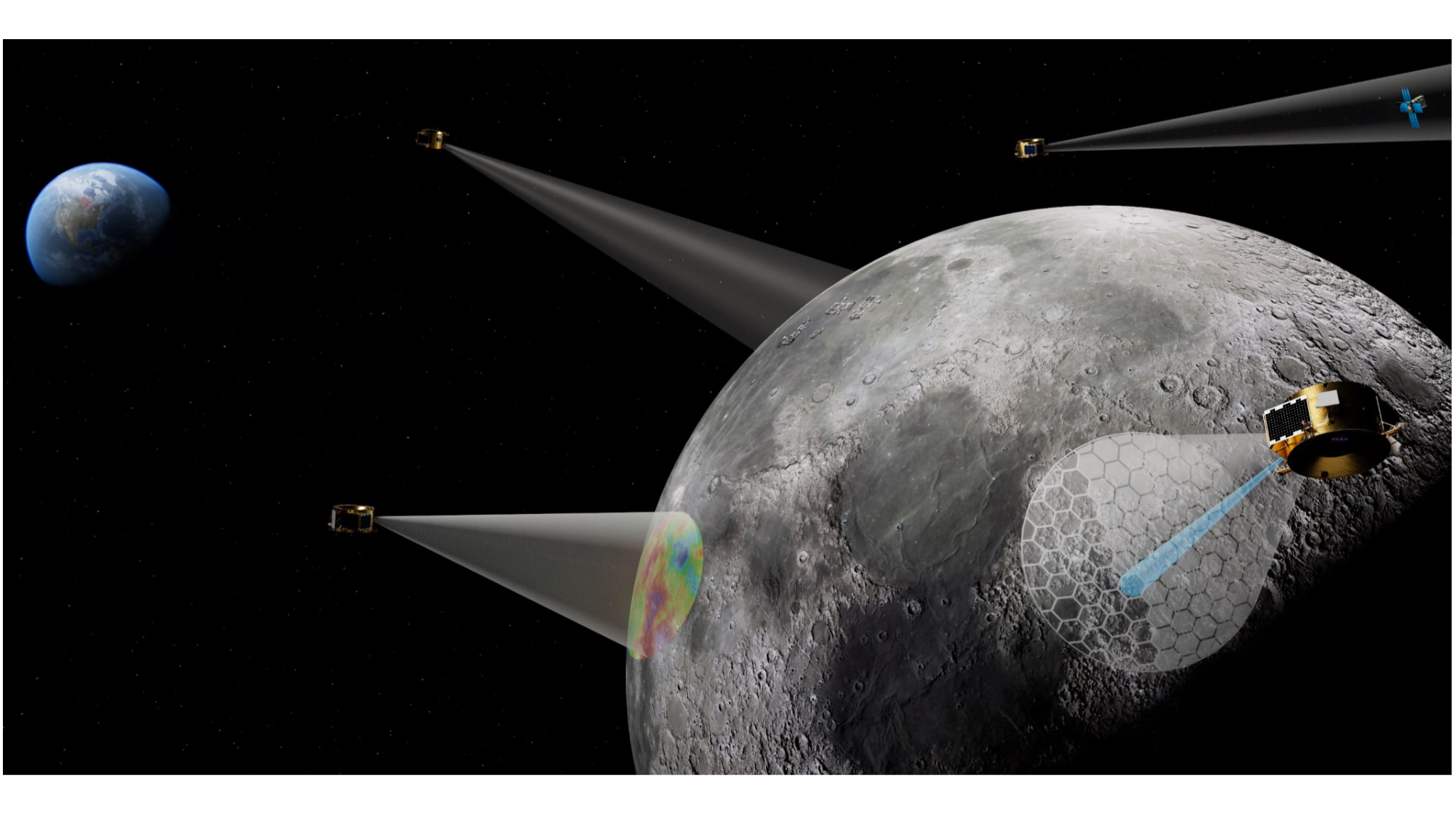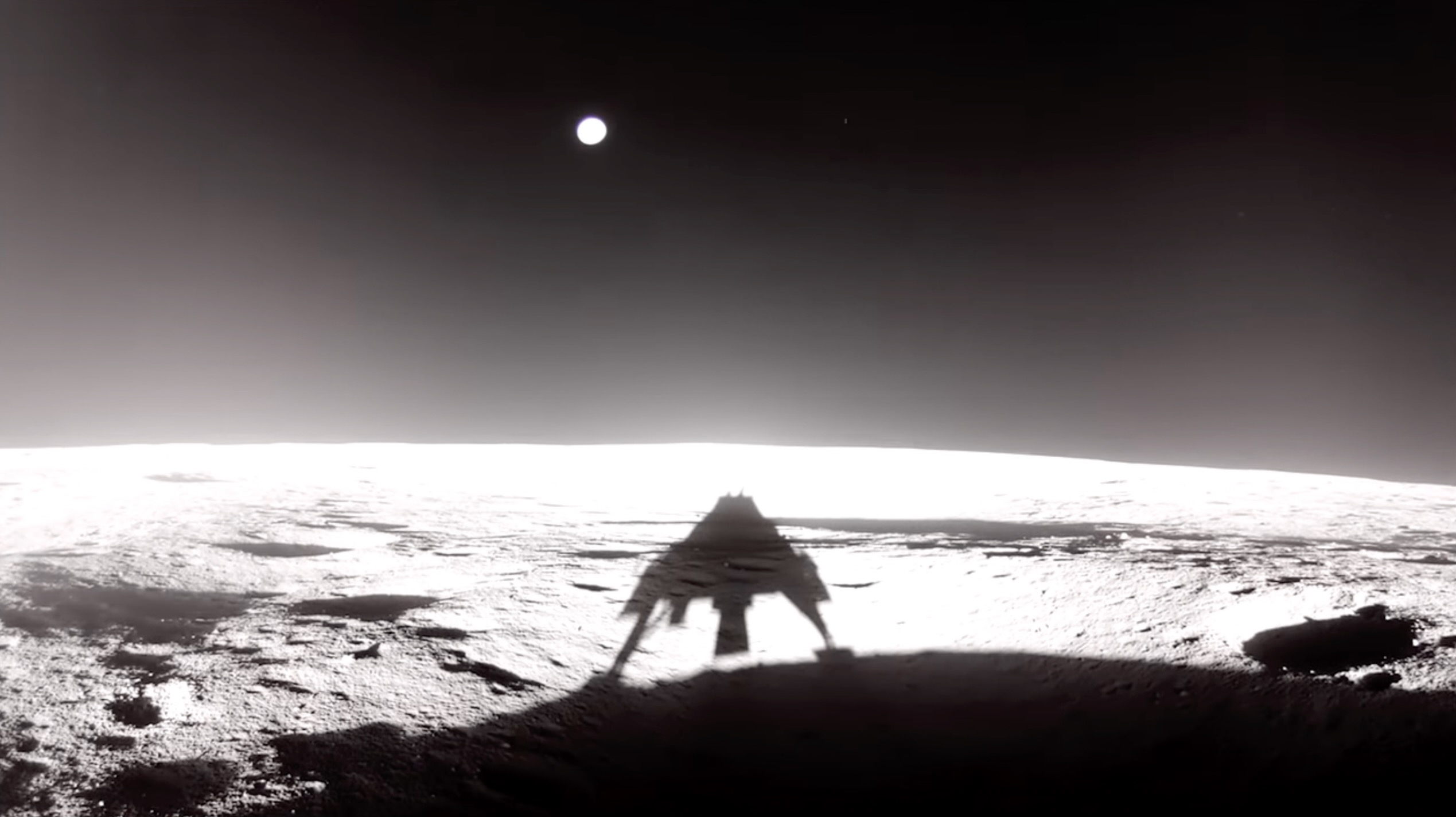Firefly Aerospace to launch 'Ocula' moon-imaging service as early as 2026

Firefly Aerospace's lunar ambitions are growing.
The Texas-based company, which successfully operated its Blue Ghost lander on the lunar surface earlier this year, announced today (June 18) that it's working on a new moon project: a "lunar imaging service" called Ocula.
"Powered by a constellation of Elytra vehicles in lunar orbit, and eventually Mars orbit, Ocula will provide critical data that informs future human and robotic missions and supports national security with intelligence, surveillance and reconnaissance," Firefly CEO Jason Kim said in an emailed statement. "This service will fill a void for our nation with advanced lunar imaging capabilities and a sustainable commercial business model."
Firefly is developing its Elytra vehicle for a variety of uses in Earth orbit and deep space, including the region around the moon. The Ocula project will equip Elytra probes with high-resolution telescopes developed by the Lawrence Livermore National Laboratory, a U.S. Department of Energy facility in the California Bay Area.
These scopes will be able to resolve features as small as 8 inches (20 centimeters) on the lunar surface from an altitude of 31 miles (50 kilometers), according to Firefly.
"With ultraviolet and visible spectrum capabilities, the telescopes are designed to support situational awareness of other objects in cislunar space, enable fine-grained lunar surface details and identify concentrations of ilmenite, which indicates the presence of helium-3," Firefly representatives wrote in the emailed statement. (Helium-3, a potential fuel for future nuclear fusion reactors, is thought to be more abundant on the moon than it is on Earth.)
Ocula data could also help researchers and planners select landing sites for future robotic or crewed missions, the company added. Firefly aims to license the data to both government and commercial customers.
Breaking space news, the latest updates on rocket launches, skywatching events and more!

If all goes according to plan, Ocula will kick off next year, on the second Blue Ghost lunar landing mission. An Elytra with an LLNL scope will serve as the transfer vehicle for that mission, which will put Blue Ghost down on the moon's far side (and also deliver a European Space Agency probe to lunar orbit).
Elytra will serve as a communications relay for Blue Ghost and its payloads for the duration of the lander's roughly two-week-long surface mission. After those duties are done, Elytra will begin its Ocula work, imaging the lunar surface in detail for more than five years.
Another scope-equipped Elytra will launch in 2028, on the third Blue Ghost mission. And other spacecraft will follow in the ensuing years, if all goes to plan.
"Firefly will expand its constellation of Elytra vehicles in lunar orbit to further enhance the Ocula service and enable faster revisit times for situational awareness, resource detection and mission planning," Firefly wrote in the statement. "Longer term, the service can also be extended to Mars and other planetary bodies."

Michael Wall is a Senior Space Writer with Space.com and joined the team in 2010. He primarily covers exoplanets, spaceflight and military space, but has been known to dabble in the space art beat. His book about the search for alien life, "Out There," was published on Nov. 13, 2018. Before becoming a science writer, Michael worked as a herpetologist and wildlife biologist. He has a Ph.D. in evolutionary biology from the University of Sydney, Australia, a bachelor's degree from the University of Arizona, and a graduate certificate in science writing from the University of California, Santa Cruz. To find out what his latest project is, you can follow Michael on Twitter.
You must confirm your public display name before commenting
Please logout and then login again, you will then be prompted to enter your display name.
